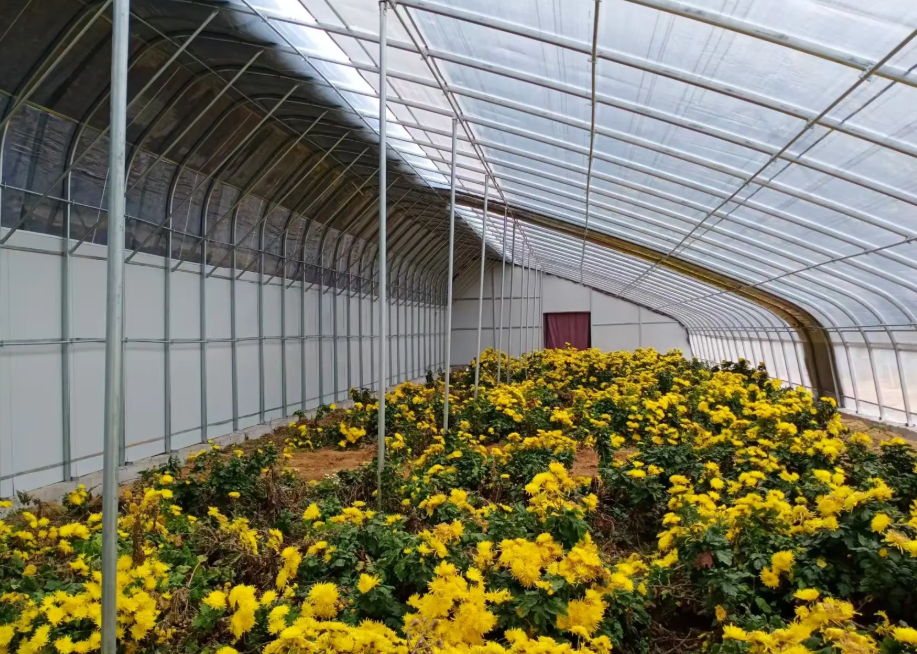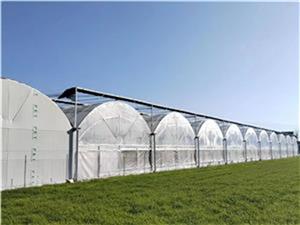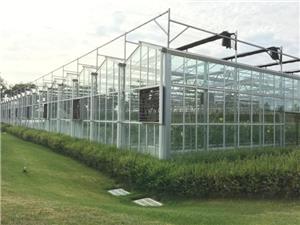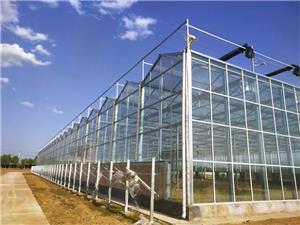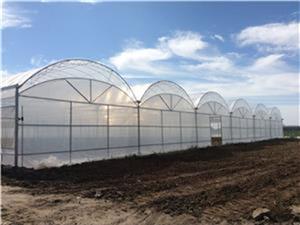The Disadvantages of Welded Steel Frames in Agricultural Greenhouses
Welded steel frames for agricultural greenhouses, while initially inexpensive and offering high strength, have significant drawbacks that affect long-term use and overall value. The main issues center around poor rust resistance, structural ,and difficulties in maintenance and modification.
Key Disadvantages
1. Poor Rust Resistance (Most Critical)
Welds are weak points: High-temperature welding damages the original galvanized coating, and subsequent paint touch-ups are far less effective than factory hot-dip galvanizing.
Rust spreads: Once welds start rusting, it spreads quickly, forming "rust pockets" that weaken the steel.
High maintenance: Requires regular rust removal and repainting every 1-2 years to maintain structural safety.
2. Structural Stability Concerns
Heat deformation and stress: Welding creates internal stresses that can lead to cracks under strong winds or snow loads.
Poor resilience: Rigid connections cannot dissipate stress effectively, making them more vulnerable to damage.
Quality depends on skill: Manual welding quality varies greatly, with potential hidden dangers like incomplete penetration or cold joints.
3. Construction and Maintenance Issues
Transportation difficulties: Large, heavy welded sections are harder and more costly to transport.
Long installation time: Weather-dependent work requiring skilled labor.
Limited adaptability: Once built, the structure is fixed and cannot be easily modified or relocated.
Alternative: Galvanized Bolted Frames
The industry now favors hot-dip galvanized pipes with bolted connections, which avoid most drawbacks of welded frames.
AspectWelded Steel FramesGalvanized Bolted Frames
Rust ResistancePoorExcellent
Structural SafetyAverageHigh
ConstructionComplexSimple
MaintenanceHighLow
FlexibilityPoorGood
Initial CostLowerHigher (but lower long-term cost)
Next Steps
If you're planning a greenhouse project, consider:
Your specific needs and planned lifespan for the agricultural greenhouse
Total cost of ownership over 5-10 years, including maintenance
While welded frames have lower initial costs, galvanized bolted frames offer better long-term value for both agricultural greenhouses and plastic greenhouses.
Would you like me to compare different greenhouse covering materials like polyethylene film vs. polycarbonate panels to help you make a more informed decision for your specific application?
Welded steel frames, a once-common choice for agricultural greenhouses and plastic greenhouses, may seem appealing due to their low initial cost and decent short-term structural strength. However, when evaluated from the perspective of long-term operation, durability, and comprehensive cost-effectiveness in agricultural production, their drawbacks become increasingly prominent. These limitations primarily manifest in three core areas: extremely poor rust resistance, widespread structural safety hazards, and impracticality in maintenance and renovation—issues that are particularly critical for agricultural greenhouses and plastic greenhouses, which rely heavily on stable, long-lasting structures to protect crops year-round.
